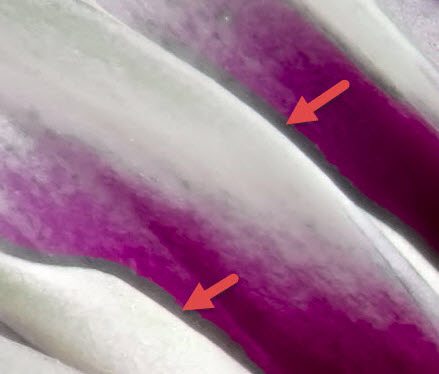This is an idea that comes up periodically. I have heard several reports of people trying it, but none with much success.hero wrote:One possible way to address issues with axial color, although I have not tried it in practice, is to try to stack each color channel separately, then merge them after the stacking.
Unfortunately, no. Longitudinal (axial) CA is a completely different beast from lateral (transverse) CA.Smokedaddy wrote:can't the color fringing be easily removed in Photoshop?
With lateral CA, you can do a good correction by just changing the size of each of the RGB sub-images by slightly different amounts. All the information you want is still in the image; it has just been shifted radially by a small amount. Shift it back, and you have a good corrected image.
But with longitudinal CA, the problem is that different colors have been blurred by different amounts, and the amount of blur depended not only on the color but also on the distance from lens. In any one image, there is simply not enough information to recover the result you want.
So, what Photoshop and all other software uses to attack this problem are essentially heuristics: thin dark lines against uniform background should not have colored edges; dark regions next to bright edges should not be purple, and so on. Sometimes the heuristics work well, but often they work not so well. Sometimes they fail catastrophically.
One of the most bizarre focus stacks I was ever asked to diagnose showed a flower that looked like this:

I actually coined a new term to talk with the user about this strange new stacking artifact: "loss of saturation halo".
But of course it turned out to not be a stacking artifact at all. Instead, the user had unknowingly cranked up the strength of a "remove purple fringes" filter in his raw development process, and the software had responded by removing the purple next to those bright edges. His source images looked like this also.
It was one of those things that made perfect sense in retrospect.
--Rik
